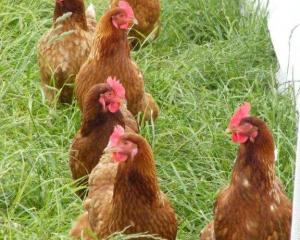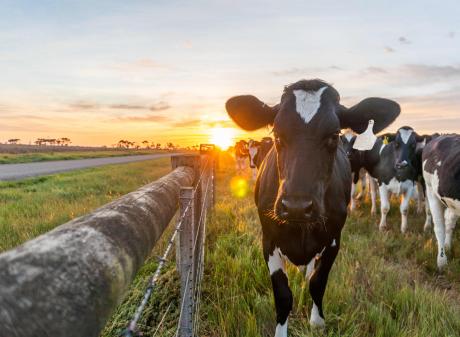
The farmer is happy with the results of the summer grazing crop but the cows are yet to be convinced.
About 50 people attended the DairyNZ event Let’s Talk Crop on the farm of Scott and Ann Henderson in Milton last week.
The couple planted two paddocks of Forage King maize this season.
Mr Henderson said the usual plan to help feed the 840 cows they milk was to grow 20ha of summer turnip, about 6ha of fodder beet and buy in about 250 tonnes of silage.
"I’m sick of driving tractors and feeding out and the cost of silage is ridiculous."
To cut costs he explored different ways to grow feed on-farm in conditions which seemed to be getting drier each season.
Summer turnips were a "fickle" crop and the yield could be half of the season before, he said.
He saw the potential in maize after seeing Justin Flett harvesting his crop on a nearby farm.
"I thought ‘wow, things are getting drier’."
Pioneer Otago and Southland area manager Darin Dick, of Waiwera South, visited the farm in spring last year and promoted the benefits of a maize crop, including it being cheaper to grow than summer turnips if a certain crop yield was hit, Mr Henderson said.
"So we thought we’d give it a go."
This season he planted 10ha of summer turnips and 10ha of maize species Forage King.
Advance Agriculture field rep Merran Casse, of Balclutha, said the maize was direct-drilled in two paddocks on farm in December 15 last year.
Ideally, the crop should have been sown in mid November "to catch some rain" and produce a crop growing about a tonne a week.
Despite the late sowing date this season, cows started grazing the crop about seven weeks after it was sown.
Ideally, they would have sprayed herbicide twice before sowing, rather than just the one time because it would have controlled weeds better.
"Maize does not like competition."
Mr Dick said the maize crop had "moisture stress" because of the dry conditions in the South this season.
As the soil was hot, a bit of rain would make the growth of the crop "explode".
"It’ll grow overnight," Mr Dick said.
Mr Henderson said his cows had been started on the maize this season, rather than a traditional start on summer turnips and the herd’s milk production had lifted about 300 litres a day, "which is really good to see".
Ms Casse said the maize was 14.5% crude protein, in comparison to the 9.8% of summer turnips.
"We want protein for milking off ... that’s possibly why we have seen the increase in the milksolids."
Mr Henderson said the cows preferred eating the summer turnips "by far", possibly because the maize was new to them.
The plan for next year was to sow maize at the end of October or start of November and let the cows eat it from Christmas and then move them to the summer turnip crop, and replant the paddock in maize again.
The aim would be to grow 15 tonnes of maize from the same paddock in a season so less silage was needed.
This season he had grown an extra 12ha of fodder beet for the cows to graze after they had eaten the maize.
Fodder beet cost 15c per kg of dry matter, maize cost 25c and silage cost 50c to buy and 13c to make.
"We may consider pulling back on summer crops and doing more fodder beet."
Next season, he was also considering planting a paddock in half maize and half summer turnips for his in-calf heifers to eat.
Those heifers would also be given palm kernel to help grow them out.
Mr Henderson believes with an earlier sowing date, favourable weather and better weed control, the maize crop could be ready for grazing in six weeks.
"A bit of moisture and a bit of heat, she’ll go nuts."















